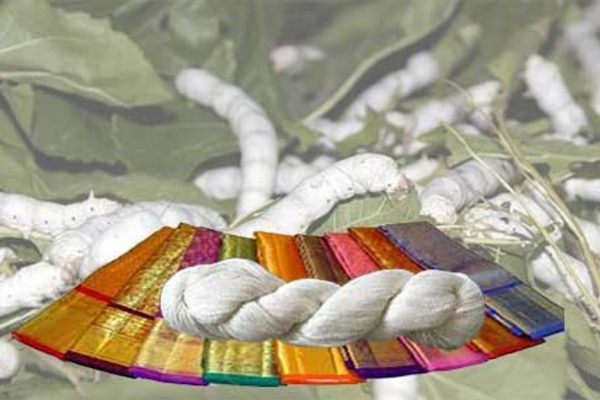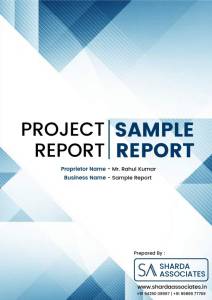Project Report For Silk Industry
Introduction
Project Report For Silk Industry Is As Follows.
The silk industry refers to the production and processing of silk, a natural fibre derived from silkworm cocoons. It is a historic and highly respected enterprise that has been practised for thousands of years. The silk business includes a variety of activities, ranging from sericulture (the rearing of silkworms) through silk weaving and fabric manufacture.
Sericulture, which comprises the rearing of silkworms and the manufacture of silk cocoons, is the initial phase in the silk business. Silkworms are reared on mulberry trees or on artificial diets and are carefully controlled to guarantee optimal development and silk output. Silkworms eat mulberry leaves and create cocoons made of silk strands produced by their salivary glands. The cocoons are gathered when the silkworms have finished the cocoon stage. The cocoons are then sorted by quality, size, and colour. The top grade cocoons with homogeneous and strong silk fibres are chosen for further processing.
The extraction of silk fibres from cocoons is the next phase in the silk business. Degumming includes either boiling the cocoons in hot water or subjecting them to steam. This aids in the breakdown of sericin, a natural gum-like material that keeps silk fibres together. After degumming, the silk fibres are carefully unravelled from the cocoons, either by machine or by hand.
The unravelled silk fibres are then spun into threads that may be woven. Silk weaving is the process of interlacing silk threads to make silk cloth. Depending on the size of manufacturing, this technique can be carried out using handlooms or mechanised looms. Weavers employ a variety of weaving processes to create several varieties of silk textiles, such as satin, chiffon, crepe and brocade, each having its own distinct texture, pattern and lustre.

Types Of Silk Industry
Industry of Sericulture: Sericulture is the cultivation of silkworms and the manufacturing of silk cocoons. The sericulture industry is concerned with growing silkworms, supplying appropriate nourishment (mulberry leaves or artificial diets), and controlling their life cycle to achieve optimal silk output. Mulberry farming, silkworm rearing, cocoon harvesting, and cocoon sorting are all part of this enterprise.
Silk Spinning Industry: The spinning industry is responsible for extracting silk fibres from cocoons and converting them into silk threads suited for weaving. This industry includes techniques such as degumming, which involves boiling or steaming the cocoons to remove the sericin, and unravelling the silk fibres from the cocoons. Machines or conventional hand procedures can be used to spin silk.
Silk Weaving Business: The weaving business focuses on the interlacing of silk threads to make silk textiles. Weavers utilise handlooms or motorised looms to weave silk textiles such as satin, chiffon, brocade and crepe. This sector requires excellent workmanship and understanding of weaving processes to create elaborate patterns, motifs, and textures.
Silk Dyeing and Printing Industry: This industry is in charge of colouring and printing silk fabrics to improve their visual appeal. Dyeing is the process of colouring silk fabric with dyes or pigments. Printing on silk fabrics can use classic methods like block printing or newer ones like digital printing to produce patterns or designs.
Market Potential Of Silk Industry
The global silk market is estimated to reach up to US$ 30.29 billion by 2029, with a market size of US$ 16.86 billion in 2021. From 2022 to 2029, total revenue is anticipated to rise at a 7.6% annual rate.
The actual market value of silk and silk products is substantially larger, hence this number is misleading. This sector is worth several billions of dollars, and raw silk costs nearly twenty times as much as raw cotton. The China National Silk Import and Export Corporation alone generates between US$ 2 and US$ 2.5 billion annually.
Silk manufacturing does not require expensive machines or equipment, thus the initial investment is cheap. It needs more people than investment-intensive sectors. These elements contribute to the market’s expansion. The silk market is expanding because to increased demand from the textile, cosmetics, and pharmaceutical sectors. The high cost of raw silk significantly limits the silk market.
Project Report Sample On Silk Industry
Need Help?
Create 100% Bankable Project Report

